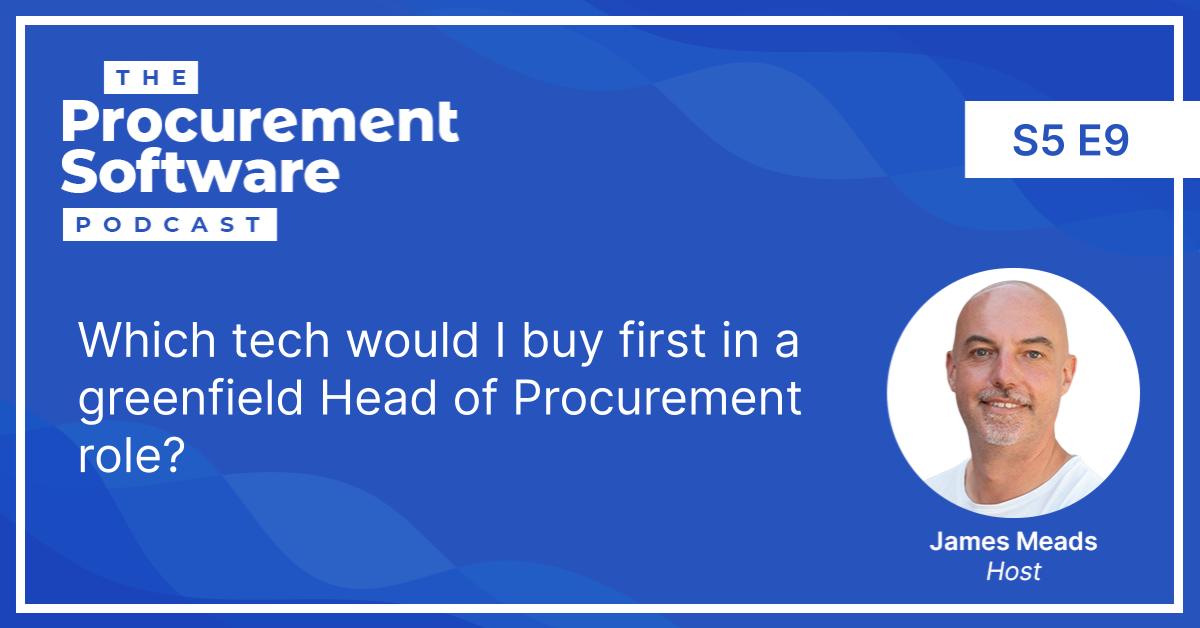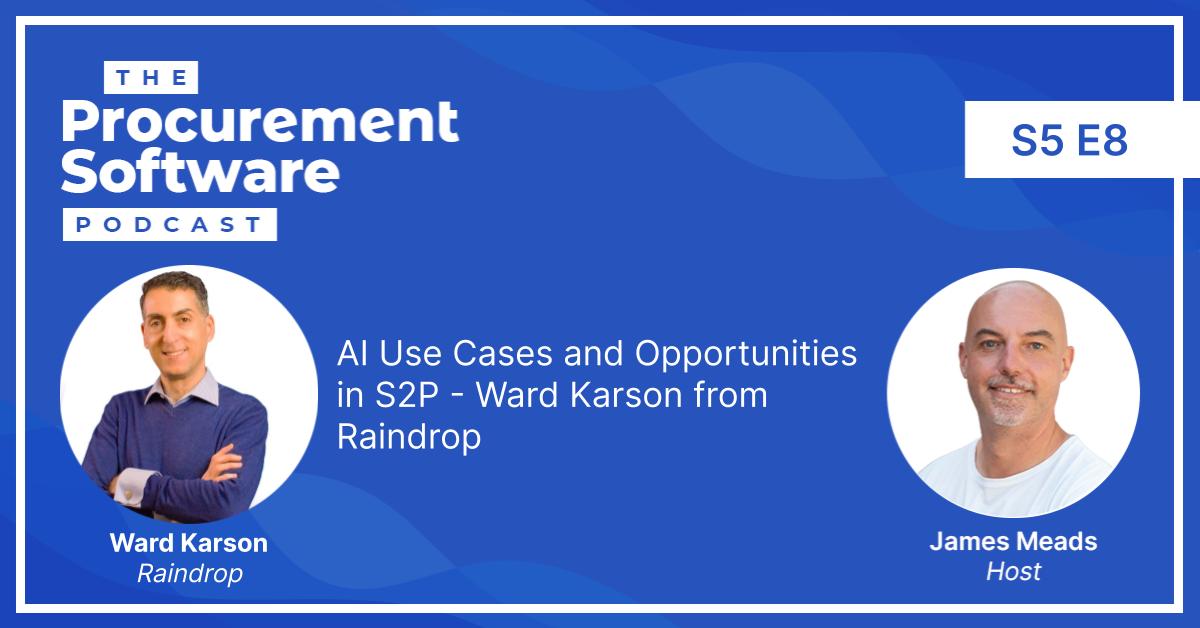We’re BACK!
We kick off series 2 of The Procuretech Podcast with with a mini-series examining three different Supplier Relationship Management platforms.
The first one we’re taking a closer look at is Danish startup LeanLinking, and my guest on this week’s show is their CEO, Lars Kuch Pedersen.
Why supplier performance data can’t just be measured in hard KPIs
Lars begins by explaining how he came to set up LeanLinking following a successful career in procurement as a Regional Category Manager for a pan-European hardware retailer.
One of the problems he was commonly faced with during his career in procurement was being on the other side of the table to Account Managers from his suppliers who almost always had better data on him as a customer than he did on them as a supplier.
Was the company generally happy with the supplier’s performance? Was quality performance acceptable? Were they easy to deal with when it came to scheduling deliveries or accuracy of invoices? How responsive were they when there were quality or delivery problems? The truth was, other than asking every single stakeholder individually, by email, he had no way of knowing.
Lars quickly realised that he was far from alone with this problem. Most large companies don’t have good supplier performance data outside of the standard on-time-in-full (OTIF) measurements.
Hard vs. soft performance data
Spend data and delivery performance data is (relatively) easy to get hold of. In most companies, quality data can also be extracted from ERP systems.
The challenges come when it comes to more subjective, “soft” data around performance. How do you measure that in an ERP system or in supplier performance KPIs? Without surveying stakeholders individually, it’s extremely difficult. How do you measure hard data for ease of cooperation, responsiveness of suppliers?
Some categories of spend make it harder to track Service Level Agreements (SLAs) or KPIs. How do you track the performance of a marketing agency? Much trickier than measuring the performance of a raw materials vendor.
Managing performance of direct vs. indirect suppliers
You can’t measure OTIF and corrective action incidents on indirect spend like you can on raw materials. Here, you’re much more reliant on nurturing and collecting stakeholder feedback as part of the supplier review and SRM process.
What are the concrete problems that need to be overcome to improve the overall cooperation with a supplier? These are often not visible when looking at hard KPIs.
Not doing proper SRM = value leakage
If you’re not constructively measuring supplier performance, you’re missing out on driving value. What is the cost of poor supplier relationships?
Yes, it’s difficult to put a cost on, but not doing it is leaving opportunities on the table. Non-conformance reports or a ticketing system can be managed within LeanLinking. For example, a storesperson can raise non-conformance tickets for packaging issues, or incomplete deliveries of spare parts.
What about SRM through ERP systems or enterprise level all-in-one Procurement suites?
Lars explains how ERPs are not really built with Procurement in mind and don’t offer the opportunity to measure supplier performance. SAP for example have acknowledged this and are opening up their interface to integrate best-of-breed procurement solutions as a compatible add-on to their ERP suite.
Likewise, the major enterprise level suites for managing procurement are more focused on Source-to-Pay and don’t really touch 360° supplier relationship management. Scorecarding and sharing agendas with stakeholders and suppliers to increase collaboration is not a feature built into these systems.
How do “growth” sectors benefit from SRM if cost is not a major focus?
In sectors such as tech and pharma, Lars explains that there is less focus on cost savings and more focus on value creation within procurement when it comes to supplier innovation and collaboration.
Their SRM strategy is going to place more emphasis on speed to market or enablement to help them scale, since this is what allows them to increase their revenue and grow, and in turn this makes them more profitable. Or in the case of startups, it allows them to grow more users and to break even faster.
What are Lars’s 3 tips of building an SRM strategy?
- What are the objectives of using an SRM program? Ensure you have top management buy-in as part of this.
- Perform a supplier segmentation and define how you wish to handle SRM with each of these different segments. Strategic suppliers will require a different approach to tactical or tail suppliers.
- Organisational structure: Take a real fresh look at your organisation. Does the category approach fit? Or is it a better approach to split sourcing and onboarding from ongoing category management (in a similar way to sales splits Business Development from Key Account Management)


